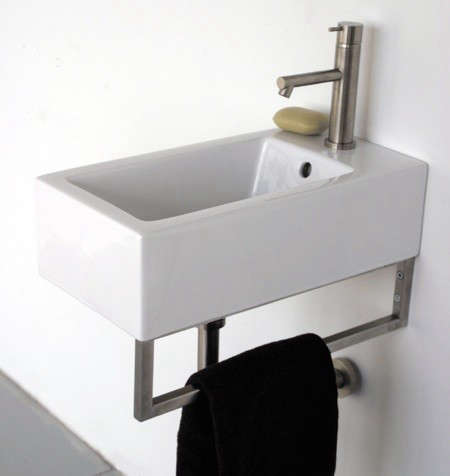The S&P CoreLogic Case-Shiller U.S. National Home Price NSA Index for September blew past the peak set in July 2006, with the national index posting a 5.5% annual gain in September, up from 5.1% last month, S&P reported Tuesday morning. The 10-City Composite posted a 4.3% annual increase, up from 4.2% the previous month. The 20-City Composite reported a year- over-year gain of 5.1%, unchanged from August.
Before seasonal adjustment, the National Index posted a month-over-month gain of 0.4% in September. Both the 10-City Composite and the 20-City Composite posted a 0.1% increase in September. After seasonal adjustment, the National Index recorded a 0.8% month-over-month increase, the 10-City Composite posted a 0.2% month-over-month increase, and the 20-City Composite reported a 0.4% month-over-month increase. 15 of 20 cities reported increases in September before seasonal adjustment; after seasonal adjustment, all 20 cities saw prices rise.

Seattle, Portland, and Denver reported the highest year-over-year gains among the 20 cities over each of the last eight months. In September, Seattle led the way with an 11.0% year-over-year price increase, followed by Portland with 10.9%, and Denver with an 8.7% increase. 12 cities reported greater price increases in the year ending September 2016 versus the year ending August 2016.
“The new peak set by the S&P Case-Shiller CoreLogic National Index will be seen as marking a shift from the housing recovery to the hoped-for start of a new advance,” said David M. Blitzer, managing director and chairman of the Index Committee at S&P Dow Jones Indices. “ While seven of the 20 cities previously reached new post-recession peaks, those that experienced the biggest booms — Miami, Tampa, Phoenix and Las Vegas — remain well below their all-time highs. Other housing indicators are also giving positive signals: sales of existing and new homes are rising and housing starts at an annual rate of 1.3 million units are at a post-recession peak.












